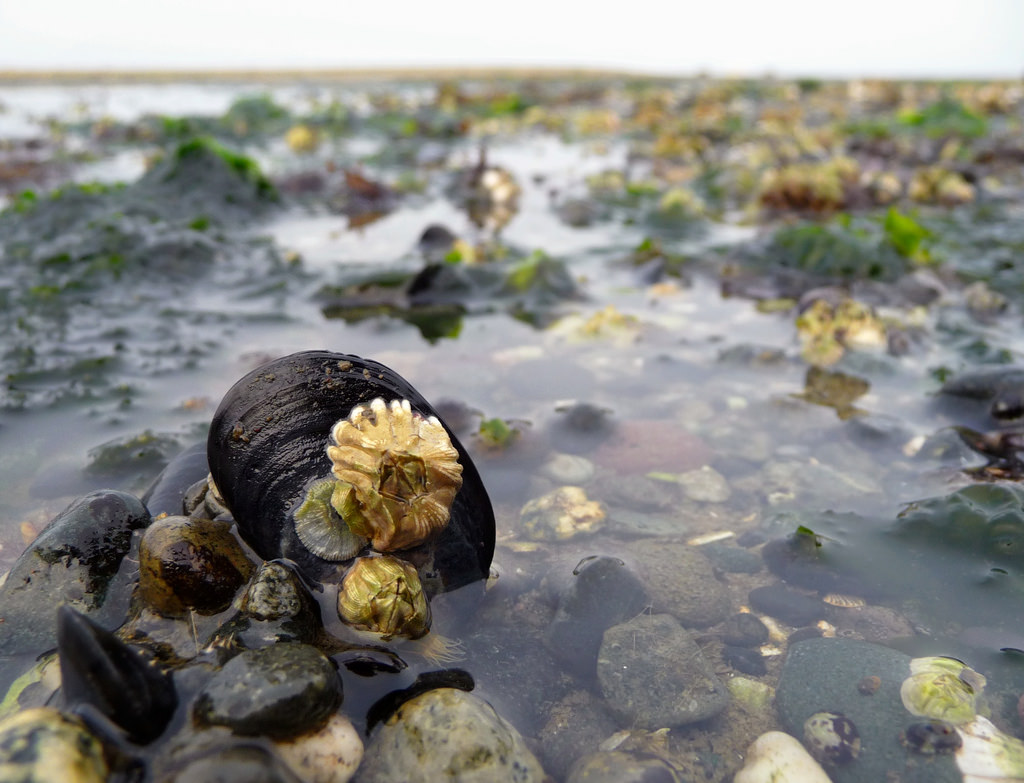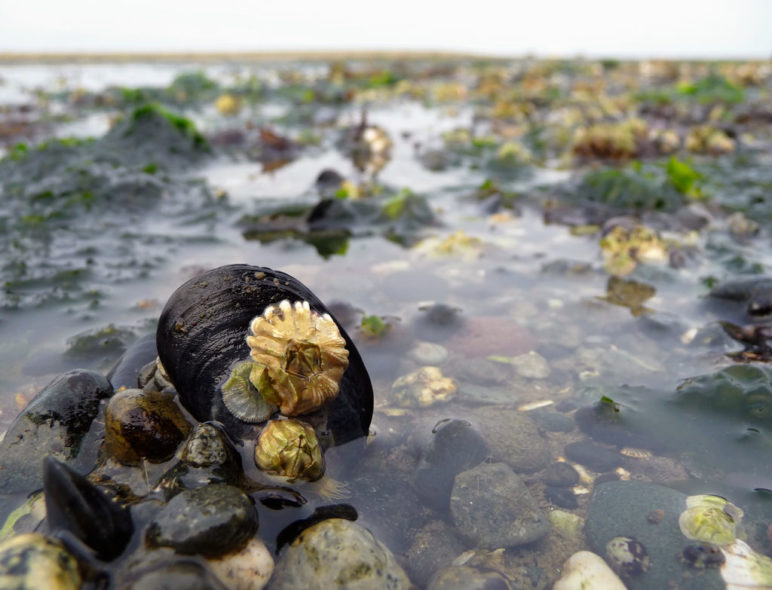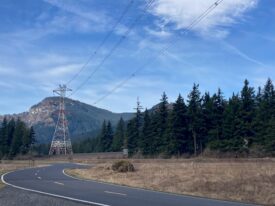When it comes to coal in the water, what we don’t know might hurt us.
On the West Coast, proposed coal terminal developments would potentially threaten some of the North America’s most iconic and sensitive bodies of water, including the Fraser River, the Salish Sea, the Columbia River, and San Francisco Bay. Yet understanding the magnitude of the risk is challenging because there is little scientific research into the effect of coal and coal dust on aquatic ecosystems and the wildlife they support.
What evidence does exist, though, is worrisome.
Coal on plants
In South Africa, for example, a 2004 study found that coal dust from the Richards Bay Coal Terminal harms local mangrove trees and related ecosystems by impairing the trees’ ability to photosynthesize. The researchers noted: “…[coal] dust on the undersurface of leaves is not removed by wind, rain, or even physical washing. The undersurface of the leaves, as well as the rough surfaces of twigs, branches, and trunk, tend to accumulate dust and appear black.”
Coal in Northwest waters
In 2006, two scientists at the University of British Columbia evaluated 22 years’ worth of coal dust dispersal around the Westshore Coal Terminal at Tsawwassen, BC, just north of the US border. They found widespread coal dust on the surface of the water near the terminal, observing a film of fine coal particles floating on the water 200 meters from the vessel loading dock, even when no coal loading was in progress and no ship was docked. The researchers pointed out that ordinary tidal currents could disperse the coal particles 2.5 miles from the coal loading facility and potentially over 56 miles under extreme conditions.
On the sea floor, too, they documented a steady accretion of coal dust. Concentrations in the immediate area of the coal terminal were as high as 11.9 percent in the later samples, with quantifiable concentrations even 1.5 miles away. All of that dust, they concluded, could harm the flora and fauna living on the sea bottom, since oxidizing coal particles reduce the oxygen available for clams, mussels, barnacles, and crab larvae, with damage reverberating up the food chain. Bottom-dwelling invertebrates like these affected by coal dust make up a large share of the seasonal food for salmon and herring.

Coho Salmon by Bureau of Land Management used under CC BY 2.0
Coal in marine environments: The lit review
By far the most comprehensive scientific study of coal dust in the marine environment is Michael J. Ahrens and Donald J. Morrisey’s 2005 literature review of the risks of unburnt coal in the marine environment. Although they highlight the potential dangers of coal to the marine environment, they also emphasize how inadequately the issue has been studied.
Ahrens and Morrisey were able to identify several studies that examined the effects of coal dust pollution on fish and shellfish. Unfortunately, most of the studies are old, poorly designed, or inconclusive. Still, and perhaps most worrisome for Cascadia, a 1997 study by government researchers in Canada found that coal dust altered genetic expression in juvenile Chinook salmon. Although the consequences could be very serious, the study’s authors state that “the physiological consequences of this are presently unclear.” Studies have also found coal particles accumulating in the gills of crabs. There is very little research into coal’s effect on shellfish, though subsequent studies have found that PAHs affect the growth of mussels.
The authors also noted, based on earlier research, that “surfactants,” the chemical adhesives commonly used to reduce coal dust escaping from trains, can actually boost the ability of coal pollutants to enter the environment. The Washington State Department of Natural Resources raises similar concerns about surfactants.
Ahrens and Morrissey point out that coal may pose a less severe chemical hazard in the marine environment than in the terrestrial one. They note that coal has “well documented” physical effects similar to other suspended or deposited sediments. It abrades, smothers, dims light, and clogs both breathing and feeding organs.
Coal’s chemical impacts are also cause for concern. One study in Canada found that coal in the water can be a source of acidity, salinity, trace metals, hydrocarbons, chemical oxygen demand, and potentially macronutrients. In fact, Washington’s Department of Natural Resources says that materials in coal can react with seawater to produce “localized ocean acidification.”
Conclusion
When it comes to coal in the water, what we don’t know might hurt us. Although there’s not much published scientific research on the impacts of coal and coal dust in the environment, the potential for harm to wildlife is serious. So we should take heed, lest our waters and the aquatic wildlife they support suffer abuses from reckless development for an outdated form of energy.
Want more? Here's what an internal industry dispute says about coal dust risk.
David Kershner and Deric Gruen contributed research to this article.











Comments